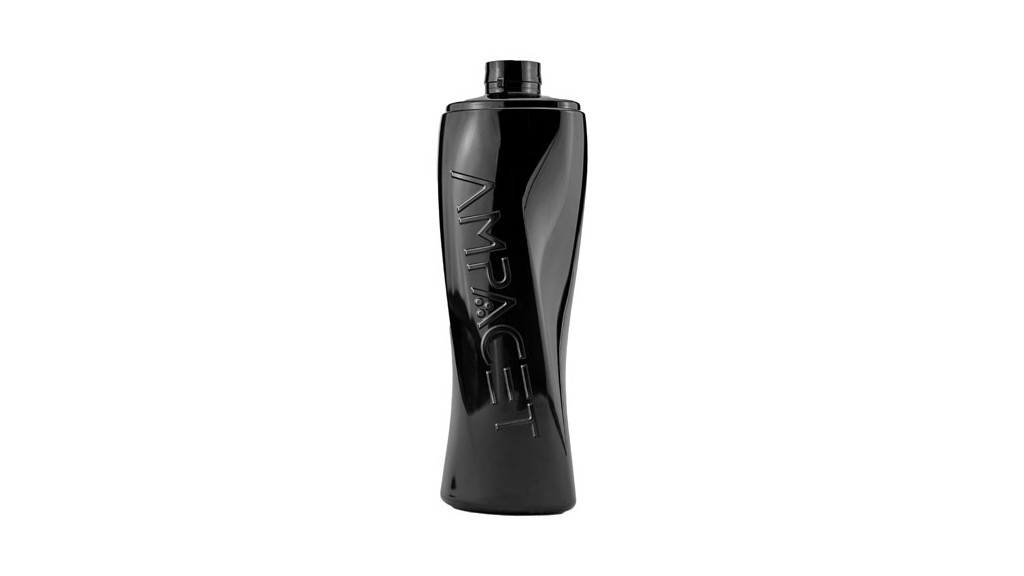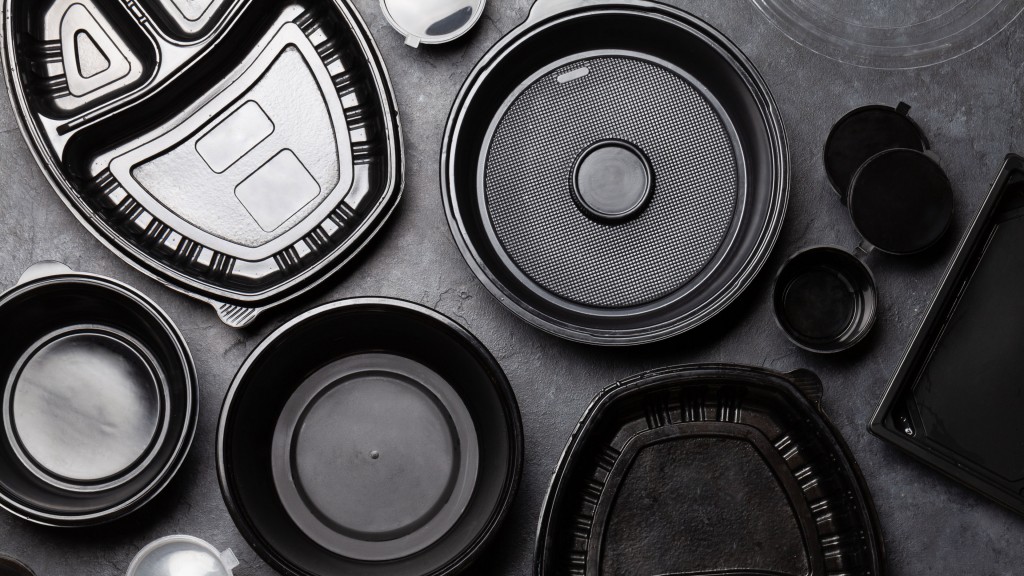
Pellenc ST and Ampacet have collaborated on sorting studies to optimize the recyclability of dark PET packaging on existing recycling lines. Since 2021, COTREP has published a test protocol assessing dark packaging detectability in optical sorting. COTREP is a technical committee for the recyclability of household plastic packaging in France joining forces with Citeo, Elipso, SRP, and Valorplast.
Standard black polyethylene terephthalate (PET) packaging poses several challenges for the recycling value chain.
Plastic recycling starts with the sorting of mixed plastic into separate mono-material streams (e.g. PET, PE, PP, PS...) at material recovery facilities (MRFs). These facilities use near-infrared (NIR) technology to recognize the resin type used in plastic articles. The key limitation to near-infrared optical sorting is its inability to identify and separate plastics that contain carbon black, the most commonly used black pigment. Carbon black absorbs most of the infrared spectrum, preventing the backscattering of infrared light to the NIR spectrometer and consequently blocking the recognition of the resin's fingerprint. Such mixed plastic packaging ends in a residual fraction, which is not recycled but disposed of mainly via incineration.
Ampacet has developed alternative black masterbatch solutions promoted under the REC-NIR-BLACK brand. Being near-infrared (NIR) transparent, packaging made with REC-NIR-BLACK can be sorted using conventional NIR optical technologies and effectively recycled thus participating in a circular economy.
Successful dynamic NIR sorting tests had been performed by Pellenc ST in the past on black bottles containing REC-NIR-BLACK following COTREP's sorting protocol for polyolefin packaging enabling Ampacet to pass the test for black masterbatch solutions using these types of resins. But besides the ability to be detected by NIR and oriented to the proper stream, PET packaging needs to be sorted in two distinct flows: clear transparent and mixed colours items. The mechanical and optical characteristics of the recycled clear PET flakes obtained from the transparent flow are generally close to the virgin resin. Clear r-PET flakes are used in a wide variety of high-value applications intended for contact with food like water bottles and food containers.
Although PET recyclers are equipped with visible optical sensors to sort PET streams by colours, the identification of transparent and dark plastic can be problematic. The reason is that the colour detection of the PET container is realized on black conveyor belts. Therefore, the visible domain spectrometers, installed above the conveyor belts, do not necessarily distinguish dark containers from transparent ones and consequently direct the dark packaging with the transparent stream. The sorting tests carried out by Pellenc ST on PET containers coloured with Ampacet REC-NIR-BLACK solutions allowed to help establish the optimal conditions and adjust the computer algorithm to differentiate accurately transparent packaging items from dark ones and direct them to the correct streams. To do so, Pellenc ST used its sorting loop that mimics the industrial conditions: same mixed plastic stream, throughput. Tests were carried out using both the previous version of the machine and the brand-new optical sorter called Mistral+ CONNECT.



